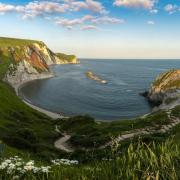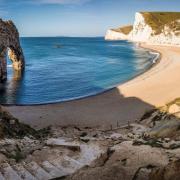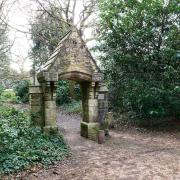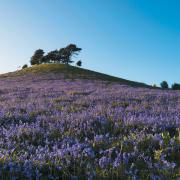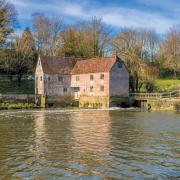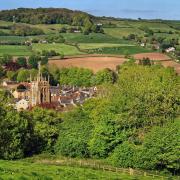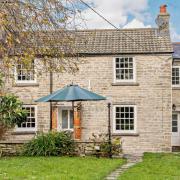Cranborne...past
One Victorian writer described Cranborne as uncertain if it was a town or a village, concluding that 'its advantages had crumbled away'. And its advantages were once many. In the late Middle Ages, it was the administrative centre of the royal hunting ground, or Chase, that shares its name, home of the manorial court and its prison, a wealthy Benedictine priory, and a celebrated market. Cranborne Manor still contains much of the royal hunting lodge enjoyed by King John.
Yet today Cranborne is a rural backwater whose population of 779 marks only a small increase on the 701 of 1911. Its change of fortune can best be found in a milestone buried in a hedge on a nearby lane announcing Poole Gate to be only 18 miles away. Cranborne once formed the hub of a road network linking Weymouth and Poole with Salisbury. Bypassed by the 18th century turnpike between Salisbury and Blandford (now the A354), then by the railway network (in favour of Alderholt and Verwood), any pretense at claiming itself a town were finally abandoned.
In 1599 Robert Cecil, Elizabeth I's Secretary of State, bought the manor from the Queen. Cecil’s success at smoothing the succession of James I to the English throne gained him an earldom and the gift of the royal palace of Hatfield. This became the main seat of the earls of Salisbury, and Cranborne Manor the home of their eldest son, Viscount Cranborne. The second earl's support for Parliament during the Civil War led to Cranborne being plundered by Royalist troops, who 'carried away everything that was portable' and roasted an ox in the hall. His successor's interest in Cranborne gradually waned, for the next two centuries the manor house was neglected and divided into two farmhouses.
Salvation finally came in 1863 when the 2nd Marquess took back the manor and embarked on its restoration. Its rescue was timely. His Clerk of the Works noted that 'we have taken out more than 100 bushels of grass and other seed from between the floor and ceilings.' Although the 3rd Marquess, three times Prime Minister, insisted his wife spend no more than £400 on renovations, the family's influence gave the village a new lease of life.

Cranborne ...present
Manor Gardens: Designed by John Tradescant, Cranborne Manor’s gardens were re-discovered in the 19th century, then planted in an Arts & Crafts style in the 20th century. Opens Wednesdays (March to Oct). cranborne.co.uk
Earthouse: The Crick Crack Club brings some of the finest contemporary performance storytellers to the Earthouse, a 200-seat theatre at the Ancient Technology Centre at Cranborne, lit by lfire-light. ancienttechnologycentre.com
Dorset Cursus: Scattered across Cranborne Chase AONB are pagan circles, Roman routes, Bronze Age barrows and the Neolithic Dorset Cursus, a pair of parallel banks that run across the chalk downland. cranbornechase.org.uk




